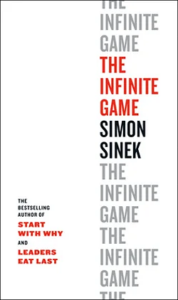However beautiful a strategy is, you should occasionally look at the results.
Winston Churchill Tweet
Strategie fängt damit an, sich als Organisation zu finden.
Dazu gehört
- Identität: wer sind wir, was wollen wir, wofür stehen wir
- Wahrnehmung der Situation: wie ist unsere Umgebung
- Darauf aufbauend kann man eine Strategie entwickeln: Was ist unsere Mission, unsere Ziele, unsere Ausrichtung
Dann: Verfeinern und die drei Blöcke konkretisieren. An dieser Stelle ist die Ausrichtung noch sehr abstrakt und nicht gut für eine belastbare Umsetzung geeignet. Im Zuge der Verfeinerung treten Priorisierungsfragen auf, wie sie für Budgetdiskussionen typisch sind. Wir unterscheiden drei Typen (oder drei Budget-Dimensionen):
- Produkte / Produktfamilien („was verkaufen wir“)
- Architektur / Technologien („was können wir“)
- Strategische Personalentwicklung („wer produziert es“)
Und: umsetzen. Die Strategie-Implementierung ist genauso wichtig wie die Entwicklung einer Strategie, um die erwünschte Klarheit und Ausrichtung zu erzielen.
- Das Klima schaffen, in dem sich alle beteiligen können
- Target operation model(s) festlegen
- Ausrollen und Alignment
Der Zusammenhang ist nicht so linear, wie es in diesem Diagramm aussieht:.in Wirklichkeit sind diese Schritte miteinander verwoben, werden iterativ durchlaufen. Sie sind zum Teil fraktal und auch nicht exklusiv die Aufgaben des (Top-)-Managements. Ein kooperatives Management-Modell verbindet die Strategie mit den Management- und Tagesaufgaben und beteiligt alle Mitarbeiter.


